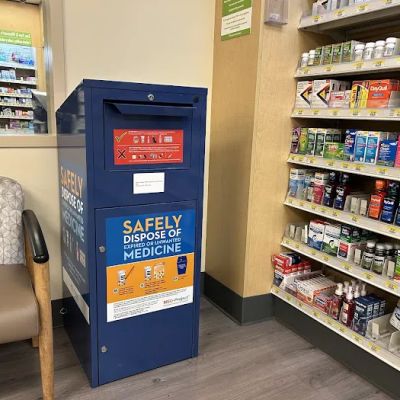- 1-Preparation-for-an-Echocardiogram
- 2-Step-by-Step-Procedure-of-an-Echocardiogram
- 3-What-Patients-Feel-and-See-During-the-Test
- 4-Understanding-Your-Echocardiogram-Results
- 5-Real-Patient-Story-About-Echocardiogram-Experience
1. Preparation for an Echocardiogram
Before undergoing an echocardiogram, patients often wonder how to prepare. The good news is that this cardiac imaging test usually requires minimal preparation. You can eat, drink, and take medications as usual unless your healthcare provider advises otherwise. Wearing comfortable clothing is recommended since you will need to expose your chest area for the test.
For some specialized types of echocardiograms, such as a stress echo or transesophageal echocardiogram, specific instructions like fasting may be required. Always follow your doctor’s guidelines carefully to ensure accurate results.

2. Step-by-Step Procedure of an Echocardiogram
2.1 Arrival and Preparation
Upon arrival at the imaging center or hospital, a technician will guide you to the examination room. You will be asked to lie down on an exam table, usually on your left side, to optimize image quality.
Waterbury Hospital
chase outpatient clinic waterbury ct
64 Robbins St, Waterbury, CT 06708, USA

2.2 Applying the Gel and Using the Transducer
The technician applies a water-based gel to your chest. This gel helps the transducer—an ultrasound device—transmit sound waves clearly through your skin. The transducer is then moved gently over your chest to capture live images of your heart.
2.3 Capturing Images
The technician captures images from multiple angles to assess the heart’s chambers, valves, and pumping function. You might be asked to hold your breath briefly or change positions during the procedure.
3. What Patients Feel and See During the Test
Most patients experience no pain during the echocardiogram. The gel may feel cold at first, and slight pressure from the transducer is normal as the technician adjusts it for the best images. The entire procedure typically lasts between 30 to 60 minutes.
You won’t see the ultrasound images during the test, but the technician and doctor review them to diagnose or monitor heart conditions. It’s normal to feel curious or anxious, but the procedure is safe and non-invasive.
4. Understanding Your Echocardiogram Results
After the echocardiogram, a cardiologist will analyze the images to evaluate heart size, function, valve operation, and blood flow. The report may reveal conditions such as valve disorders, heart failure, or congenital defects.
Your healthcare provider will discuss the results with you, explaining what they mean for your heart health and any next steps. Sometimes, additional tests or treatments may be recommended depending on the findings.
5. Real Patient Story About Echocardiogram Experience
John, a 55-year-old with a history of high blood pressure, shared his experience of having an echocardiogram after feeling occasional chest discomfort. He was initially nervous but found the procedure straightforward and painless. The clear communication from his cardiologist about what to expect helped ease his anxiety. His echocardiogram revealed mild valve leakage, allowing early intervention that improved his quality of life.
John’s story highlights the value of echocardiograms as a diagnostic tool and the importance of understanding what to expect during the procedure. For more information and personalized care, visit HeartCare Hub where experts guide you through every step of your heart health journey.





















Ohio State Outpatient Care Upper Arlington
ohio state outpatient lab upper arlington
1800 Zollinger Rd, Columbus, OH 43221, USA